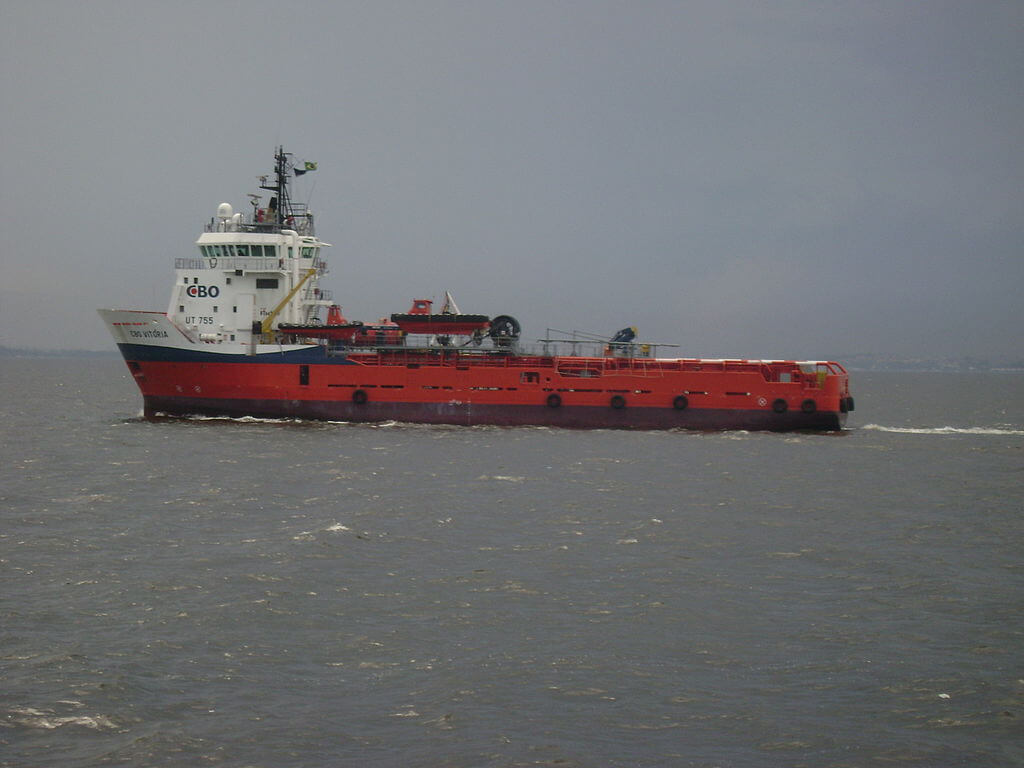Rio 2016 Olympic Games Water Pollution at Dangerous Levels, Now on Greenpeace’s Radar


Editorial Coverage Sponsored By FINIS
Commentary by Steven V. Selthoffer, Chief European Columnist
RIO DE JANEIRO, Brazil, June 11. IN a striking turn of events one day ago, Rio de Janiero Mayor Eduardo Paes said the clean-up for Guanabara Bay that will host the Olympic sailing competition “won’t be done in time.” The bay clean-up was promised as a condition in the Rio 2016 Olympic bid book.
Simple. Move on. Next issue.
Wait! Stop right there.
The clean-up for the Guanabara Bay affects the open water 10K swim event scheduled off Copacabana beach directly adjacent to it. The effluent from the bay, actually condenses at the bay opening and flows right past Copacabana, which becomes an increased health risk depending on the tide and currents.
The beach has been closed before.
The latest news from a sailing test event is raising concerns among the Olympic sailors and other officials as pollution in the bay has been rising. Recent reports of dead, floating dogs, human excrement by the ton are now being reported with photos in the media.
Concerns are being raised that the city authorities may not have been 100% transparent, nor honest about the toxicity levels to the public, underestimating the severity of the danger and under reporting water hazards and total pollution quantity for years, as international media turns the spotlight on the Olympic site.
Now, it looks like the Rio Olympic 2016 venue for sailing and open water swimming is turning into the most polluted Olympic sport venue there has ever been.
Rio City Government Water Quality in Doubt
The actual number of effluent drains, the pipes that carry the untreated human waste directly into the bay which migrates to the beaches can only be fully determined by a combination of using age-old maps and new satellite imaging using geo-resonance radar to locate the historical pipelines that are still spilling tons of waste into the bay without any treatment.
Inside the Games’, article “Exclusive: Rio 2016 test event will be “difficult” due to polluted waters, admits ISAF official,” April 23, 2014, stated that “Guanabara Bay has 78-times Brazil’s legally allowed limit of fecal pollution,” and “195-times the U.S. limit… making the venue unfit for top-level competition.”
Thus, the Rio water quality is now without question the highest health risk for any sailing and open water event, at any Olympics- ever.
Greenpeace is notified
Trusting the local government to clean up the bay, is like asking FIFA to clean up its own corruption in football. It can’t be done.
Greenpeace was recently contacted at their European headquarters in Amsterdam, NED. Speaking with Arin de Hoog, he expressed similar concerns for the welfare of the Olympic athletes and the general public at large. He has contacted Lisa Gunn, Greenpeace Brazil, and their top, water pollution expert, Dr. David Santillo, University of Exeter, UK.
With Rio de Janiero mayor,Eduardo Paes throwing in the towel on efforts to get the job done in time for the Olympic Games, maybe Greenpeace, the scientists and media, can change the political will, by exerting enough international pressure to refocus and redouble efforts to clean up the bay, not just for the Olympic athletes, but, for the Brazilians themselves as well.


- OFFICIAL SITE FOR RIO
- RIO COMPETITION SCHEDULE
- WHERE TO WATCH LIVE VIDEO OF OLYMPICS
- USA MEN'S SWIMMING TEAM
- USA WOMEN'S SWIMMING TEAM
- USA DIVERS GOING TO RIO
- USA WOMEN WATER POLO TEAM
- SWIMMING MEDAL PREDICTIONS
- FULL DAY 1 RESULTS
- FULL DAY 2 RESULTS
- FULL DAY 3 RESULTS
- FULL DAY 4 RESULTS
- FULL DAY 5 RESULTS
- FULL DAY 6 RESULTS
- FULL DAY 7 RESULTS
- FULL DAY 8 RESULTS
- WOMEN'S 10K OPEN WATER RESULTS
- MEN'S 10K OPEN WATER RESULTS
- FULL OLYMPIC SWIMMING RESULTS



